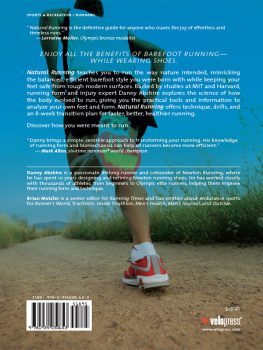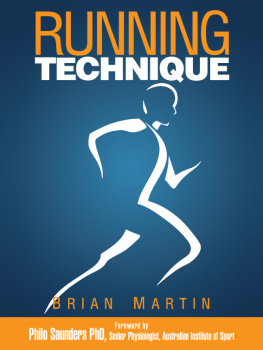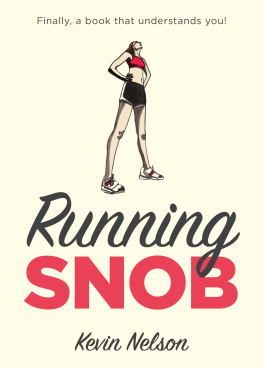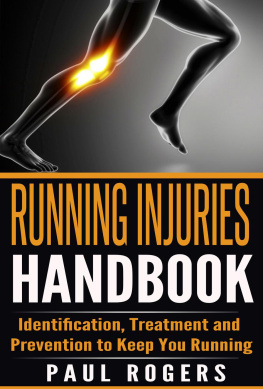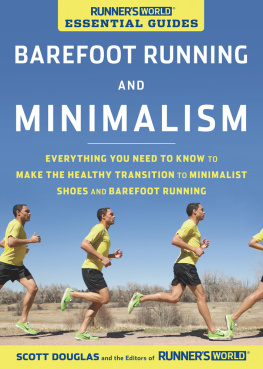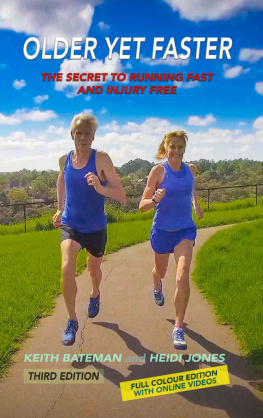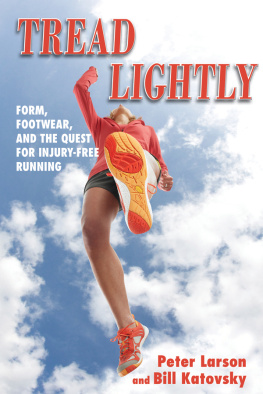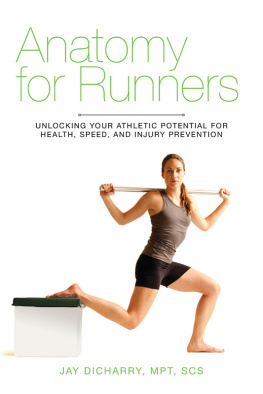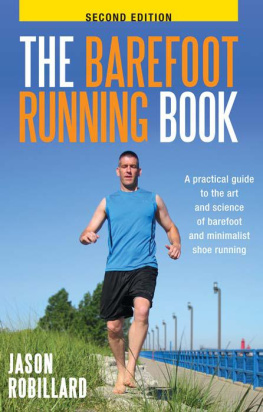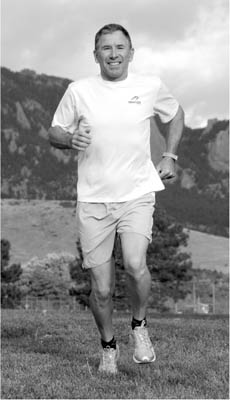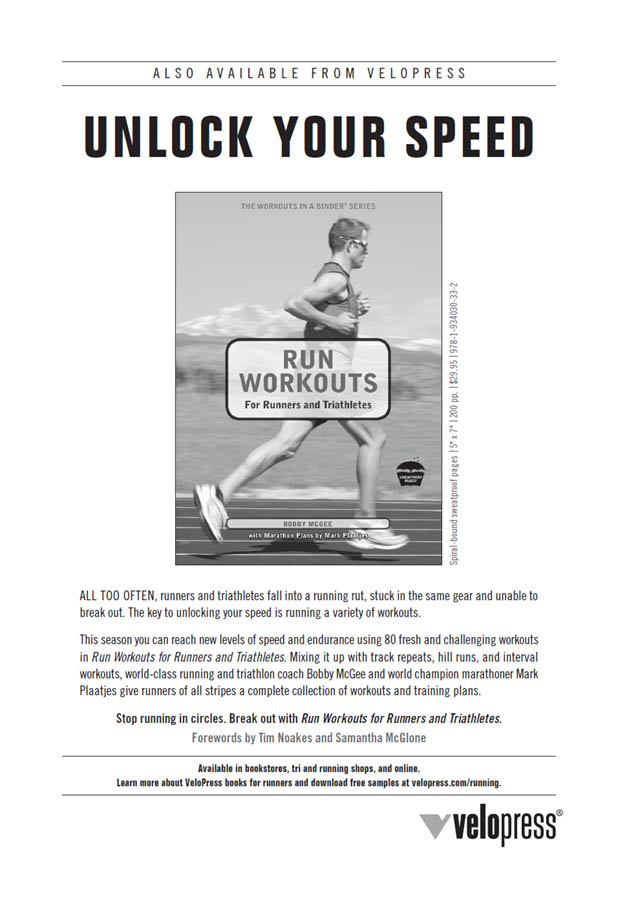Abshire Danny - Natural running : the simple path to stronger, healthier running
Here you can read online Abshire Danny - Natural running : the simple path to stronger, healthier running full text of the book (entire story) in english for free. Download pdf and epub, get meaning, cover and reviews about this ebook. City: Boulder, Colo, year: 2010, publisher: Velo Press;VeloPress, genre: Politics. Description of the work, (preface) as well as reviews are available. Best literature library LitArk.com created for fans of good reading and offers a wide selection of genres:
Romance novel
Science fiction
Adventure
Detective
Science
History
Home and family
Prose
Art
Politics
Computer
Non-fiction
Religion
Business
Children
Humor
Choose a favorite category and find really read worthwhile books. Enjoy immersion in the world of imagination, feel the emotions of the characters or learn something new for yourself, make an fascinating discovery.
- Book:Natural running : the simple path to stronger, healthier running
- Author:
- Publisher:Velo Press;VeloPress
- Genre:
- Year:2010
- City:Boulder, Colo
- Rating:3 / 5
- Favourites:Add to favourites
- Your mark:
Natural running : the simple path to stronger, healthier running: summary, description and annotation
We offer to read an annotation, description, summary or preface (depends on what the author of the book "Natural running : the simple path to stronger, healthier running" wrote himself). If you haven't found the necessary information about the book — write in the comments, we will try to find it.
Natural Running is the middle ground runners have been looking for. By learning to run the barefoot way, while wearing shoes, runners will become more efficient, stronger, and healthier runners. Backed by studies at MIT and Harvard, running form and injury expert Danny Abshire presents the natural running technique, form drills, and an 8-week transition plan that will put runners on the path to faster, more efficient, and healthier running.
In Natural Running, Abshire explains how modern running shoes distort the efficient running technique that humans evolved over thousands of years. He reviews the history of running shoes and injuries, making the case for barefoot running but also warning about its dangers. By learning the natural running technique, runners can enjoy both worlds comfortable feet, knees, and legs and an efficient running form that reduces impact and injuries.
Natural Running teaches runners to think about injuries as symptoms of poor running form. Abshire specifies the overuse injuries that are most commonly associated with particular body alignment problems, foot types, and form flaws. Runners will learn how to analyze and identify their own characteristics so they can start down the path to natural running.
Abshire explains the natural running technique, describing the posture, arm carriage, cadence, and land-lever-lift foot positioning that mimic the barefoot running style. Using Abshires 8-week transition plan and a tool kit of strength and form drills, runners will move from heel striking to a midfoot or forefoot strike.
Natural Running is the newest way to run and also the oldest. By discovering how they were meant to run, runners will become more efficient, stronger, and healthier runners.
Abshire Danny: author's other books
Who wrote Natural running : the simple path to stronger, healthier running? Find out the surname, the name of the author of the book and a list of all author's works by series.

